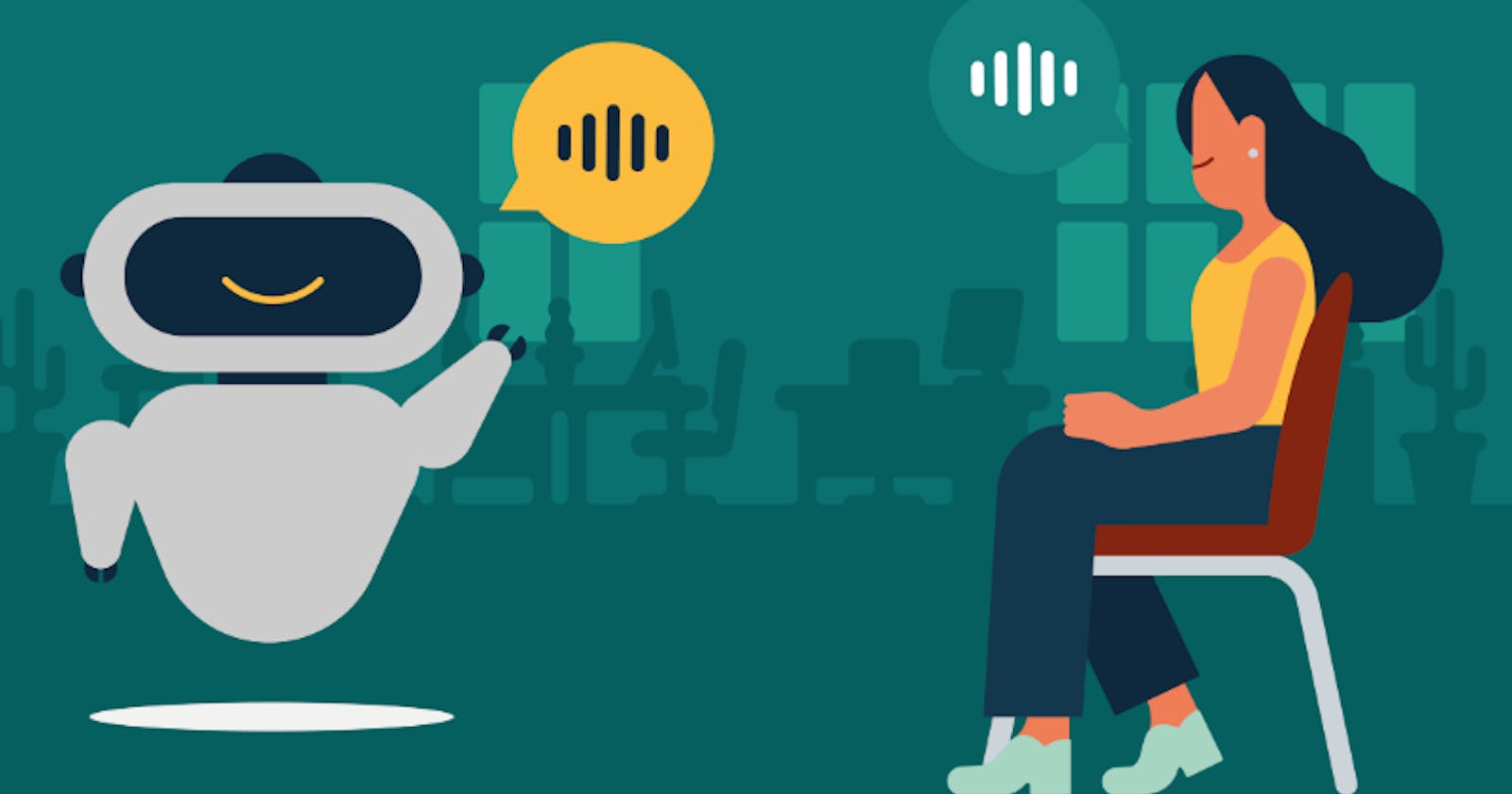LLM being so good at conversation, people are nowadays getting confused between both chatbots and LLM, If you are too I am here at your rescue. Let me shower some facts that totally differentiate them both and then why are people so confused about it.
Table of Content
Introduction
Chatbot
LLMs
Clearing the Confusion
Improved Chatbot Responses with the LLMs
Adaptive Conversations
Custom Touch and Fine-Tuning
Multilingual
Scalability
Conclusion
Introduction
Let us begin with what both Chatbots and LLMs are and what are they used for or what their functionalities are this will let us recognize even if it's slightly different.
Chatbot
It is a computer program or an AI design to stimulate human-like conversation. It interacts with the user via speech or texts responding to their questions and queries.
They are simple rule-based systems that follow predefined scripts, or they can be more advanced by using ML and NLP techniques for more human-like responses.
Chatbots are used in many fields for various purposes, including customer support, Virtual assistants, and even entertainment.
Large Language Models (LLMs)
These are AI models that are trained on vast amounts of text data to understand and generate human language. They are typically based on deep learning architectures, such as transformers.
Examples of the LLMs are GPT-3, GPT-4, BERT, and some others. These models can understand context, generate text, and perform various NLP tasks, such as text completion, translation, summarization, and more.
LLMs have demonstrated remarkable language understanding and generation capabilities, making them valuable tools for a wide range of applications.
Now since you have a clear understanding of what Chatbots and LLMs are and what they do, let's clear this confusion between them.
To begin with, Large Language Models like ChatGPT and others have significantly advanced capabilities of Chatbots because of their ability to generate human-like contexts. To put them in pointers
Improved Chatbot Responses with the LLMs: LLMs have now been developed as such they can be used as underlying engines for the chatbots. They will provide the ability of the chatbot to give more flexible conversation and contextually more human-like responses rather than the ones already provided in the background.
Adaptive Conversations: LLMs can adapt to different conversations and styles based on the inputs by the user, which allows chatbots to handle a broader range of queries and maintain a more human-like conversation.
Custom Touch and Fine-Tuning: LLMs can be fine-tuned for specific chatbot applications or industries. This allows the organization to create chatbots that are tailored to their needs and can provide specialized assistance.
Multilingual: Many LLMs Support multiple languages, making it easier for the chatbots to engage with users from different linguistic backgrounds.
Scalability: LLMs provide a scalable solution for chatbot development. LLMs provide pre-trained models which allows developers to use it and build better functionalities with the chatbot.
Conclusion Overall, LLMs and Chatbot are both separate things but with the addition of LLMs in the backend of the chatbot we can now achieve much greater and wider aspects of the conversational model in all domains.
